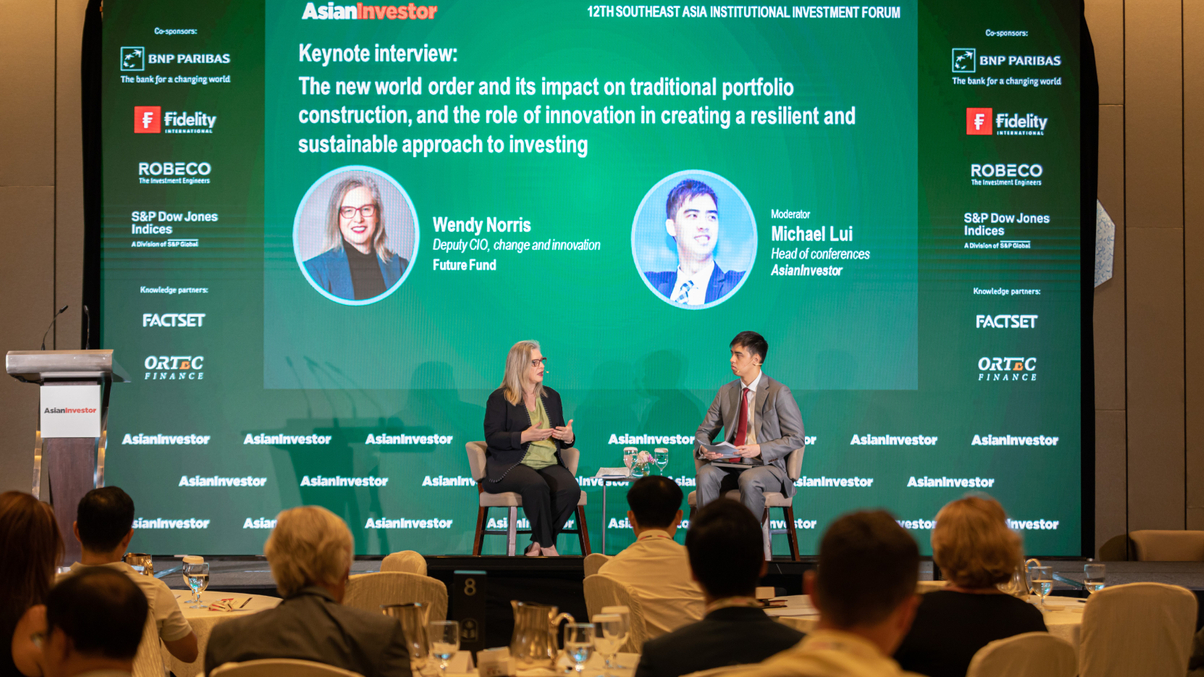Future Fund plans to add 50 people to investment team
The Australian sovereign wealth fund aims to build an internal investment team of 130 members in the next few years to adapt to a new world order — one where it expects several equally competing powers and a more challenging alpha-generating environment.

Australia’s Future Fund plans to add 50 people to its existing 80-strong investment team in the next few years, as the sovereign wealth fund tries to optimise its internal decision-making process and extract more alpha.
Sign in to read on!
Registered users get 2 free articles in 30 days.
Subscribers have full unlimited access to AsianInvestor
Not signed up? New users get 2 free articles per month, plus a 7-day unlimited free trial.
¬ Haymarket Media Limited. All rights reserved.


